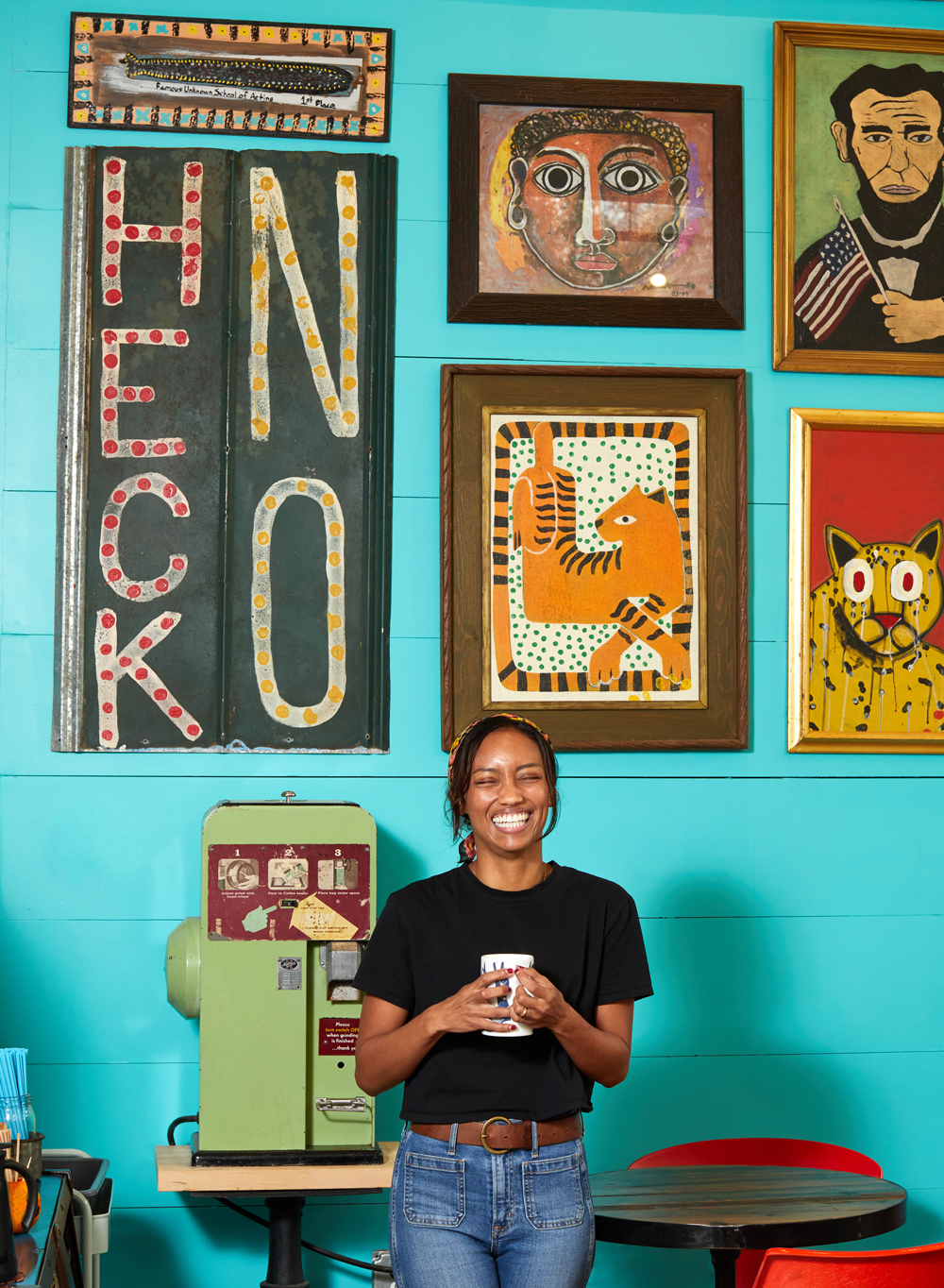
Photograph by Bailey Garrot
After seven years in the coffee industry, Ashley Saunders decided to pretty much stop drinking coffee.
She had been laid off from her job as a barista in the early days of the Covid-19 pandemic and found herself at home, without the convenience of the shop’s many coffee options. Before long, she realized she didn’t really need it—and she felt better without it. The jittery, anxious feelings she often got when she drank coffee, and the crash afterward, subsided when she started experimenting with alternative beverages to get her going in the morning.
Saunders now co-owns Ash Coffee, which opened in the Virginia-Highland neighborhood in 2023. She keeps coffee alternatives on the menu for people like her who experience some adverse side effects with coffee. The most popular among the alternatives, she says, is matcha.
“I try to have our baristas put a matcha drink on the menu every season because I’ve noticed that people really like it,” Saunders says. “Especially during the summertime, we’ve had an insane number of people who want iced matcha.”
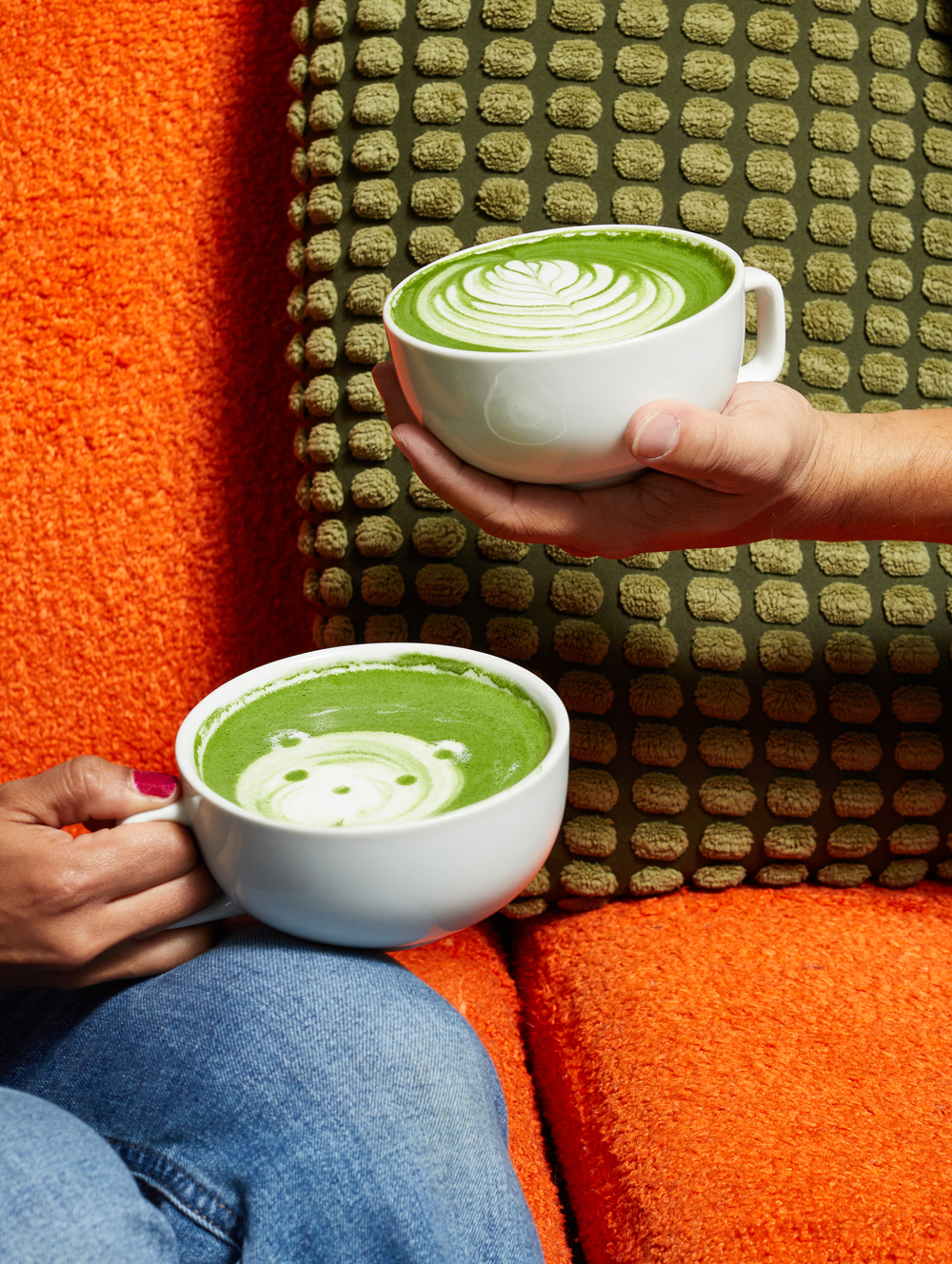
Photograph by Bailey Garrot
Matcha, traditionally from Japan, is essentially superconcentrated green tea. The shrubs are grown in the shade, which preserves the leaves’ antioxidants. Then the harvested leaves are processed as green tea and ground into a fine powder, which is used in beverages, desserts, and other products. Green teas have different tastes depending on their terroir and the processing techniques used to make them; thus, the flavor profile of matcha can span from grassy, to sweet and fruity, to rich with umami.
Like all green tea, matcha contains L-theanine, an amino acid that promotes alertness while avoiding the “jitters” that many people experience from the caffeine in coffee. Cup for cup, matcha has about the same amount of caffeine as coffee. The difference is the caffeine in coffee is absorbed more quickly by the body while matcha’s L-theanine content slows the rate of absorption. In other words, coffee’s caffeine results in a short-lived energy boost whereas matcha’s caffeine offers longer-lasting, more sustained energy levels. When steeping loose-leaf tea or tea bags, you extract some healthy compounds but then discard the rest of the leaf before drinking the tea. With matcha, however, you consume the entire leaf in powdered form.
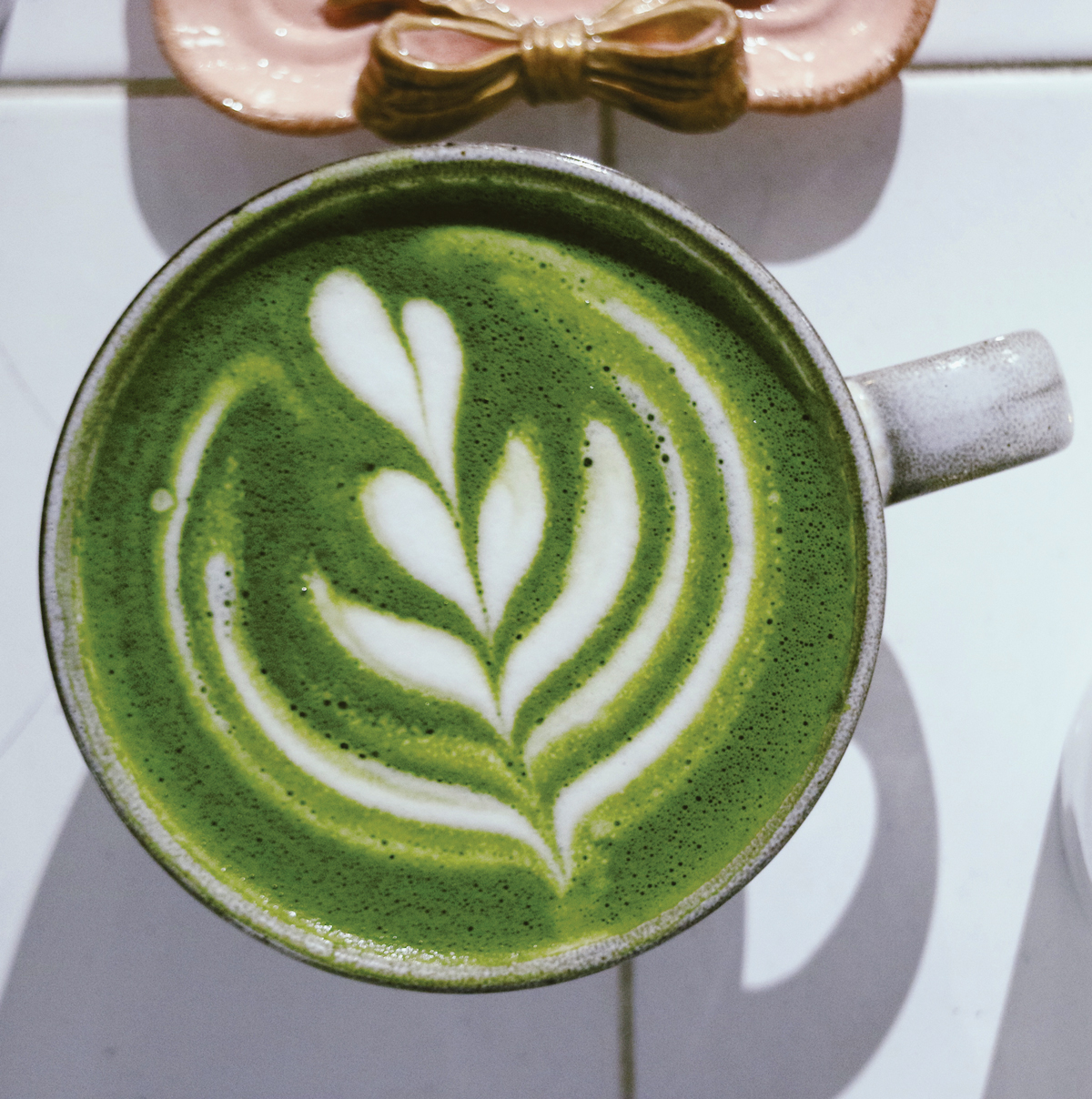
Photograph by Bailey Garrot
People in East Asia have drunk matcha for centuries, but it has been gaining popularity in the West in the past 20 years. The growing availability of matcha in local tea and coffee shops confirms interest is at an all-time high. Matcha drinkers often cite its health benefits as a major reason they drink it, but they also enjoy the experience of drinking matcha, whether it’s whisked into water as plain tea, as is tradition, or prepared with a more modern spin.
Food and beverage professionals such as Saunders and her staff are getting creative with the ways they use it. One of Ash Coffee’s specials last summer, for example, was a matcha colada: matcha mixed into coconut milk, pineapple juice, and a little vanilla, topped with coconut flakes. Nearby, in Midtown, Momo Cafe, the coffee and tea shop housed within the restaurant Momonoki, is another spot with an array of matcha options for any taste. Purists can order a Matchacano (matcha prepared with plain warm water), while those looking for something sweeter can try an iced strawberry matcha latte or a hot Coco Cha (sweetened matcha latte with cocoa and mint).
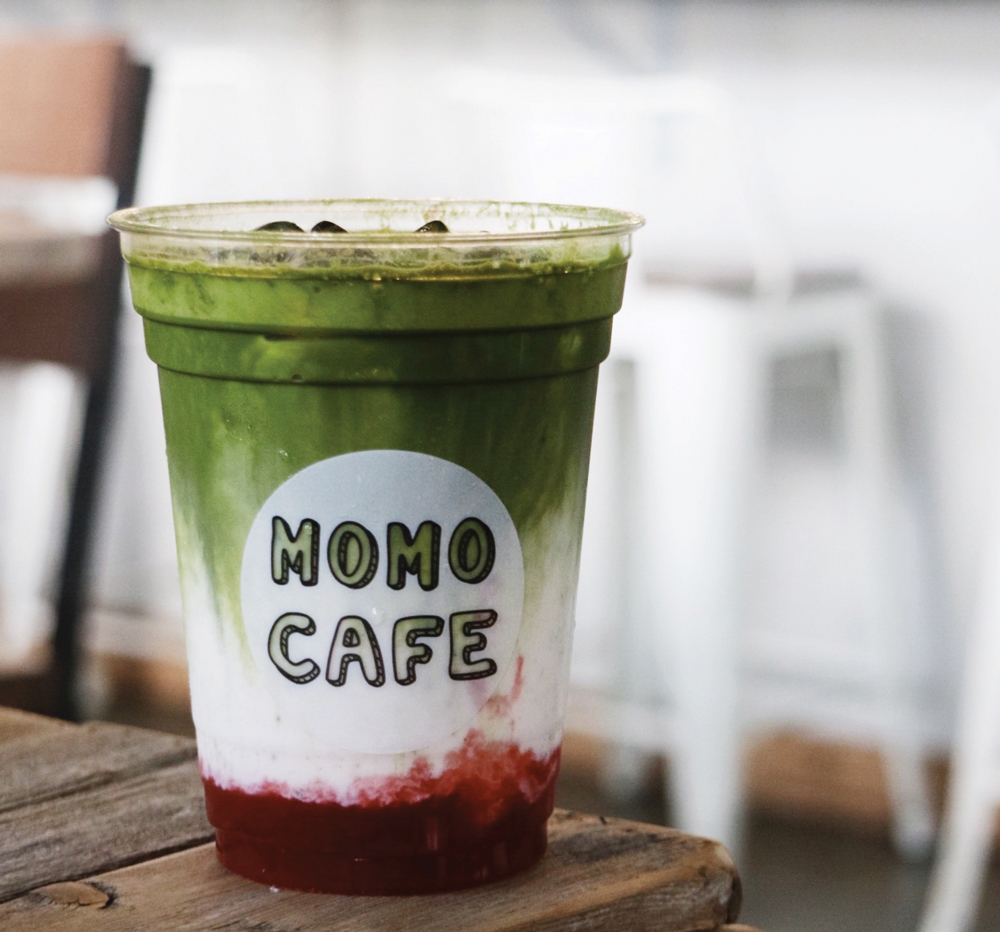
Photograph by Ching Yao Wang
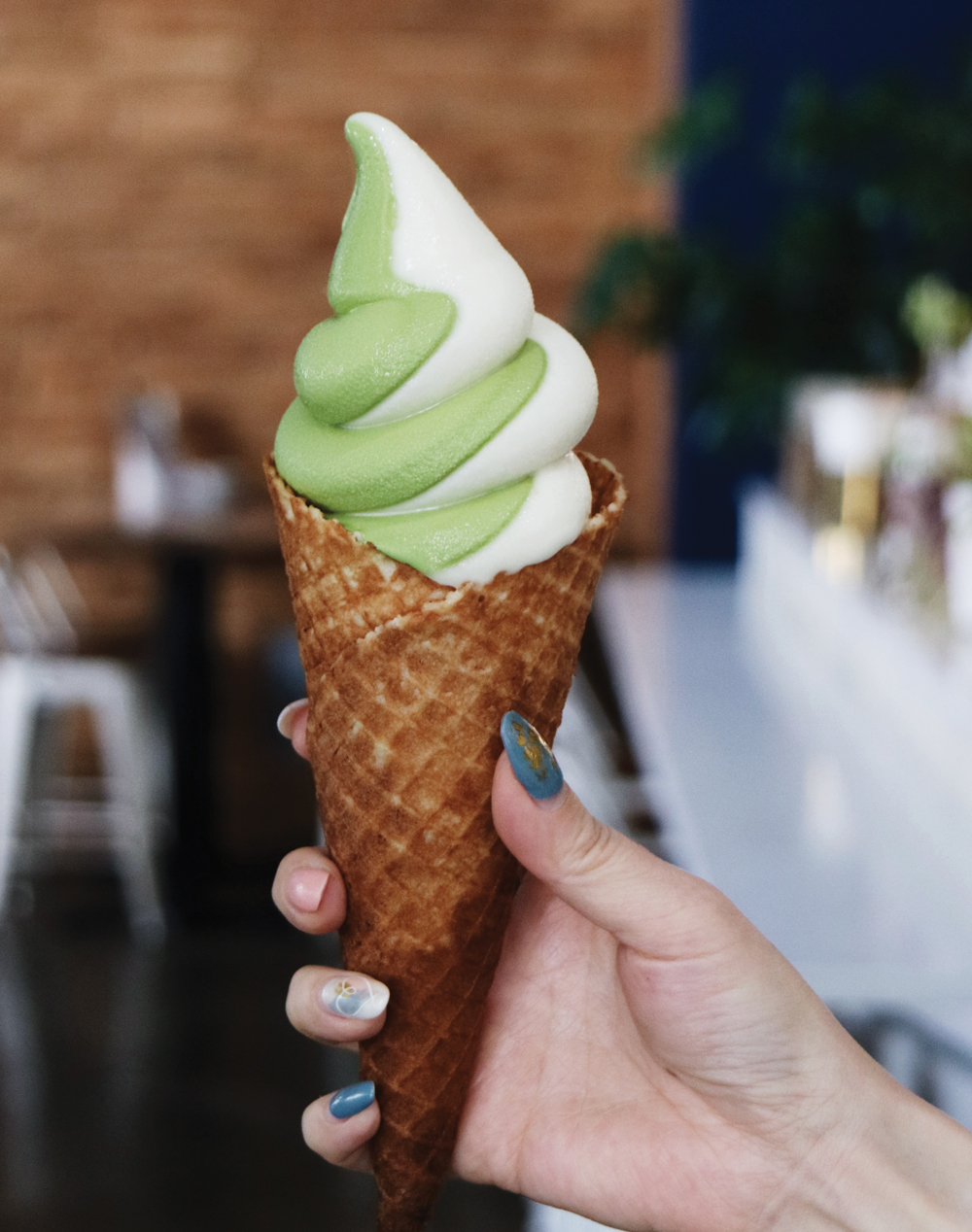
Photograph by Ching Yao Wang
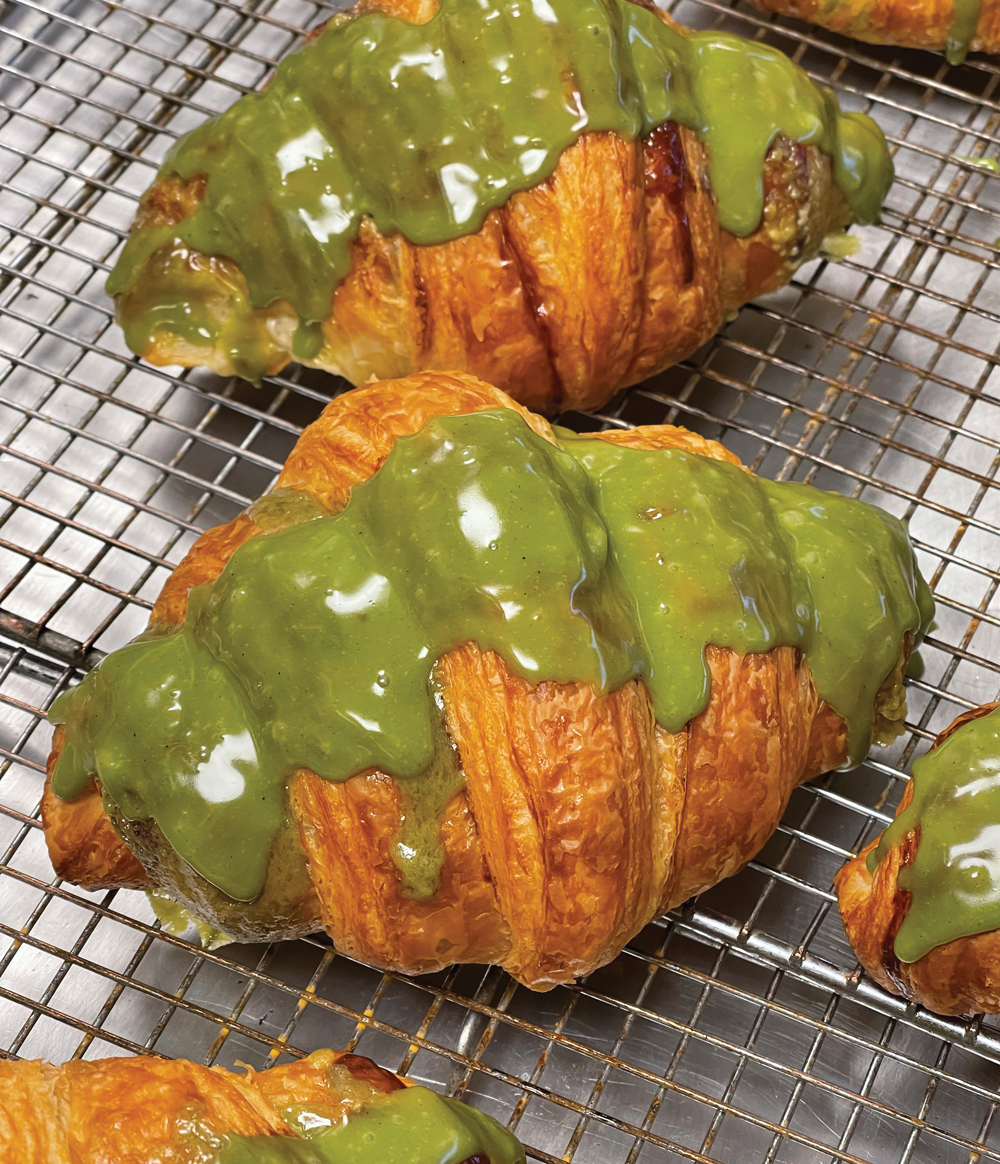
Photograph by Ching Yao Wang
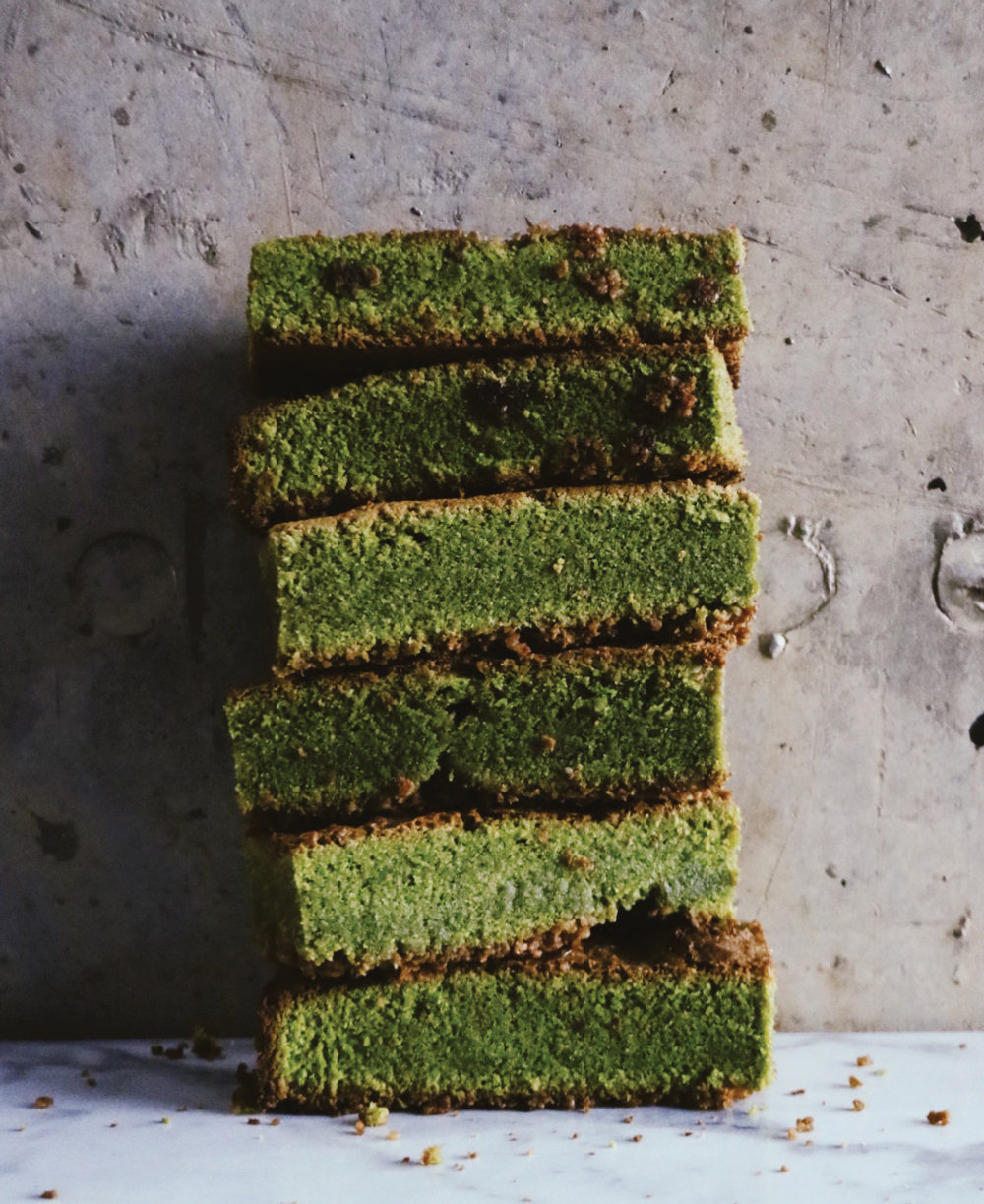
Photograph by Ching Yao Wang
“Sometimes you just want to change it up,” says Jason Liang, chef and owner at Momonoki. “You can drink [matcha] with water, the traditional way, or you can add milk.” He credits his team and Tate York, Momonoki’s area coffee manager, with coming up with new syrups and seasonal fruit flavors to offer more matcha possibilities.
“It’s nice to have the new flavor outside of a coffee caffeine option,” York adds. “I really enjoy the deep boldness from fresh matcha the way that we do it.”
Do it yourself
If you want to prepare matcha drinks at home, start with a high-quality matcha powder. There’s a wide range of quality among matcha powders, and quality affects not only taste but also the potency of matcha’s health benefits. Look for a retailer that offers as much transparency as possible about their matcha’s origins. For example, Ash Coffee’s matcha is from Hugo Tea, whose website presents full profiles on the exact farms in Japan that produce its matcha, and Momo Cafe orders directly from a highly reputable Japanese tea producer called Marukyu Koyamaen. (Hugo Tea sells its matcha online; Momo sells matcha from the retail section of its cafe.)
In addition to choosing a reputable brand, consider which grade of matcha is best for your purposes. Although the terms are not standardized and there are many nuances, in general, “ceremonial grade” is promoted as better suited for drinking, while “culinary grade” is encouraged for use in lattes or recipes.
“High-end ceremonial matcha tastes kind of savory, and you can even taste notes of nori, or seaweed,” Liang says. “For dessert making and matcha lattes, those notes are not necessarily a plus. Sometimes people associate that with savory—those salty notes or grassy notes.”
Proper storage and preparation are equally important. Since matcha degrades with exposure to air and light, Brandi Shelton, founder of Just Add Honey Tea Company on the Eastside Beltline, emphasizes the importance of storing matcha in an airtight, opaque tin.
As for preparation, because heat can make matcha taste bitter, she recommends cooling your boiled water before whisking.
(Matcha should be whisked, not stirred, to avoid clumping. A bamboo whisk is ideal, but a small metal whisk can also work.) Around 175 degrees is just right.
Matcha also lends itself to experimentation and customization. Shelton likes to blend matcha with infusions of herbs steeped in hot water, such as cinnamon and ginger, or spearmint and lemongrass. Sometimes she blends it with ashwagandha (a medicinal herb from Asia), which she says gives her energy and a mood boost in the same cup.
“What I like about the health benefits of matcha is how you can stack other things on top of it,” she says. “It’s almost like a multivitamin.”
So which way is best—pure matcha tea, a fun flavored matcha latte, or a blend of matcha and herbs? It’s up to you.
“That’s how tea should be,” Shelton says. “It’s a personal feeling and a personal
experience.”
This article appears in our January 2025 issue.
Advertisement




